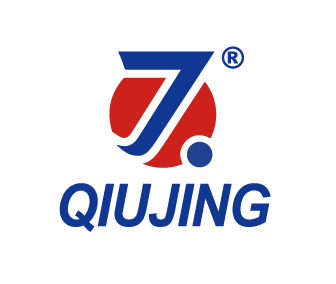
BLOG
18
2025
-
07
Understanding Ultraviolet Visible Spectrophotometers: A Guide for Chemical Laboratory Applications
Ultraviolet visible (UV-Vis) spectrophotometers are indispensable tools in chemical laboratories, widely used for quantitative analysis and quality control. These instruments measure the absorbance or transmittance of light in the ultraviolet and visible ranges of the electromagnetic spectrum, typically from 200 to 800 nanometers. Understanding their functionality and applications can significantl
Ultraviolet visible (UV-Vis) spectrophotometers are indispensable tools in chemical laboratories, widely used for quantitative analysis and quality control. These instruments measure the absorbance or transmittance of light in the ultraviolet and visible ranges of the electromagnetic spectrum, typically from 200 to 800 nanometers. Understanding their functionality and applications can significantly enhance your laboratory's efficiency and accuracy.
At the core of a UV-Vis spectrophotometer is its light source, usually a deuterium lamp for UV light and a tungsten lamp for visible light. The light passes through a sample, where certain wavelengths are absorbed based on the chemical composition of the substance. The resulting data, displayed as a spectrum, provides critical information about the sample's concentration and purity.
One of the primary applications of UV-Vis spectrophotometers is in the analysis of chemical compounds. They are often employed to determine the concentration of a solute in a solution using Beer-Lambert Law, which relates absorbance to concentration. This sensitivity makes UV-Vis spectrophotometers ideal for applications in pharmaceuticals, environmental monitoring, and food safety, where trace amounts of substances need to be quantified.
Another important aspect of UV-Vis spectrophotometry is its role in assessing the purity of chemicals. By measuring the absorbance at specific wavelengths, researchers can identify impurities or contaminants in their samples. This application is particularly beneficial in the quality control processes of chemical manufacturing, ensuring that products meet safety and regulatory standards.
Moreover, UV-Vis spectrophotometers are not limited to liquid samples; they can also analyze solid samples using a diffuse reflectance technique. This versatility broadens their usability in various fields, including materials science and forensic analysis.
To ensure accurate results, it is crucial to maintain the spectrophotometer properly. Regular calibration with standard solutions and routine maintenance checks will help minimize errors and prolong the life of the instrument. Additionally, proper sample handling and preparation are essential to avoid contamination, which can negatively impact measurement accuracy.
In conclusion, ultraviolet visible spectrophotometers are vital instruments in the chemical laboratory landscape. Their ability to provide rapid, reliable, and precise measurements makes them invaluable for researchers and quality control professionals alike. By incorporating UV-Vis spectrophotometry into your analytical processes, you can enhance your laboratory's capabilities and ensure high standards of analysis and purity.
At the core of a UV-Vis spectrophotometer is its light source, usually a deuterium lamp for UV light and a tungsten lamp for visible light. The light passes through a sample, where certain wavelengths are absorbed based on the chemical composition of the substance. The resulting data, displayed as a spectrum, provides critical information about the sample's concentration and purity.
One of the primary applications of UV-Vis spectrophotometers is in the analysis of chemical compounds. They are often employed to determine the concentration of a solute in a solution using Beer-Lambert Law, which relates absorbance to concentration. This sensitivity makes UV-Vis spectrophotometers ideal for applications in pharmaceuticals, environmental monitoring, and food safety, where trace amounts of substances need to be quantified.
Another important aspect of UV-Vis spectrophotometry is its role in assessing the purity of chemicals. By measuring the absorbance at specific wavelengths, researchers can identify impurities or contaminants in their samples. This application is particularly beneficial in the quality control processes of chemical manufacturing, ensuring that products meet safety and regulatory standards.
Moreover, UV-Vis spectrophotometers are not limited to liquid samples; they can also analyze solid samples using a diffuse reflectance technique. This versatility broadens their usability in various fields, including materials science and forensic analysis.
To ensure accurate results, it is crucial to maintain the spectrophotometer properly. Regular calibration with standard solutions and routine maintenance checks will help minimize errors and prolong the life of the instrument. Additionally, proper sample handling and preparation are essential to avoid contamination, which can negatively impact measurement accuracy.
In conclusion, ultraviolet visible spectrophotometers are vital instruments in the chemical laboratory landscape. Their ability to provide rapid, reliable, and precise measurements makes them invaluable for researchers and quality control professionals alike. By incorporating UV-Vis spectrophotometry into your analytical processes, you can enhance your laboratory's capabilities and ensure high standards of analysis and purity.
Key words:
ultraviolet visible spectrophotometer
Related news
